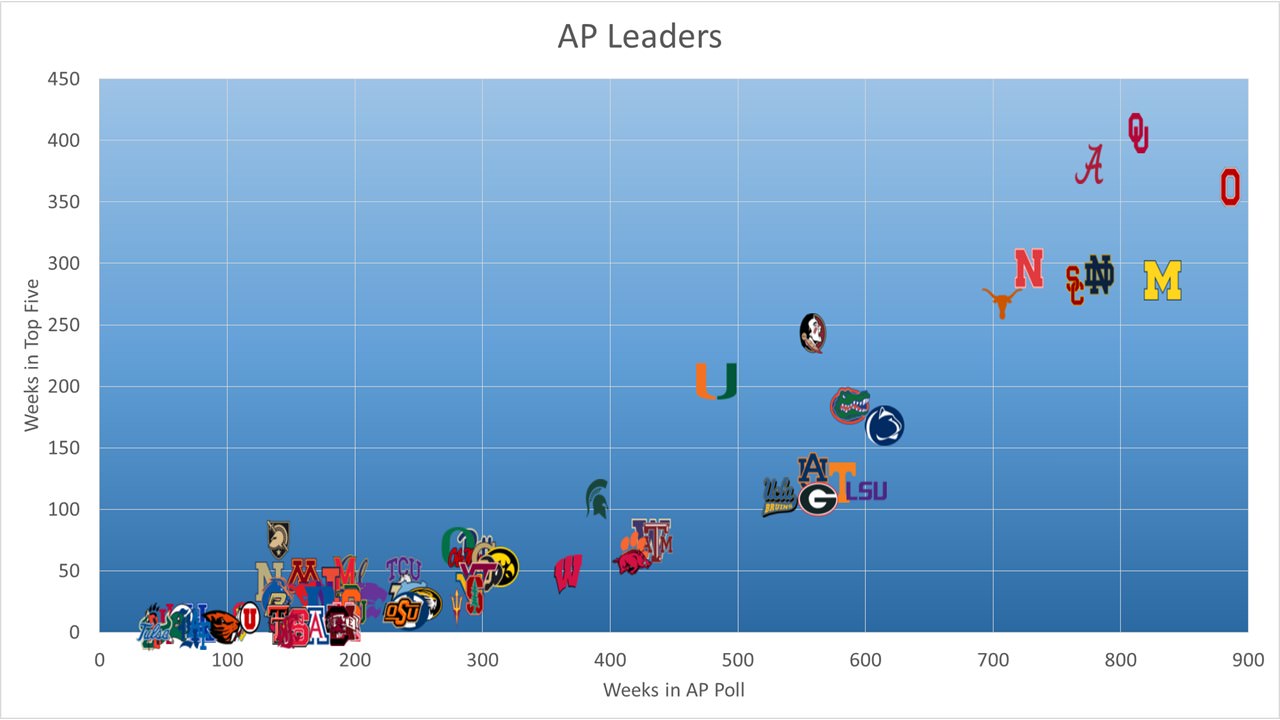I've never liked the term "helmet school", but here's my take...... The gophers, through 1969, were still considered to be one of the nation's elite
programs, but were on their way to decline by the end of that season. BY 1970-71, something was wrong and outsiders could see it. The lack of
commitment from the school was starting to show.
Remember, the 1960's were a time of great balance in the Big Ten. Just about everyone had their shot at the top at one point or another, but the
Gophers won at least a share of the title in 1960 and 1967, should have won it in 1962, and were ranked as late at 1968. They won the Natty in 1960
and went to two Rose Bowls. After 1969, the Gophers were, historically, considered alongside Michigan and Ohio State as the three top traditional powers
in the Big Ten, and conference titles, all-time wins, etc could back that up. They were in the top ten in those things.
Bear Bryant looked over the Big Ten landscape in 1970 and made that statement "There's something wrong in the Land of the Giants" when surveying
Minnesota. From the league's earliest days they had been a factor, and now were falling behind Ohio State and Michigan due to neglect. Had the school
decided to support football as those two had, the 1970s and beyond would have look entirely different. AS it was, OSU and Michigan were the only two
schools in the league that continued to make that commitment and the league became known as the Big Ten and Little Eight. Granted, Minnesota was
usually at the top of the Little Eight for the most part, but people noticed the drop-off.
Through the 70's, 80's, and 90's every Gopher coach had to work dragging a tire behind them. In the mid-70s, multiple Big Ten teams could now go to
bowl games to help bring the Little Eight up through incentives. It worked, of course and the league became very balanced again, but while schools like
Iowa and Illinois were going to Rose Bowls, Minnesota was hiring presidents who suggested replacing football with soccer. In the 80's, cable TV made college
football more visible than ever, and Minnesota's chance to shine again was lost. By the 90's, even 6 wins could get you to a bowl game in the Big Ten, which
would have made Minnesota more visible, but the Wacker years failed to make even one. I remember one publication asking "Do they even still play football there?"
So, thru the 70s, 80s, and 90s, the Gophers had their chances to become visible and relevant again but decided to run the program on the cheap compared to
their conference rivals, who were benefiting from the multiple bowl games, cable TV games, and the lowering of bowl standards. When they hired Mason they decided
to do a little bit more, but it was still below average in the Big Ten. Finally, they got smart and found how much opportunity cost they were incurring by playing in
the Dome and got the stadium built. The Brewster years sent them out onto that track with a big flat tire (I know, how many opportunities can a school blow? Its
almost like they were TRYING to screw things up) and didn't get it straight until the Kill/Claeys era, when the Gophers became good again. You know the rest from there.
The U has had only itself to blame for its fall from the heights, but it appears to again be making the investment.


